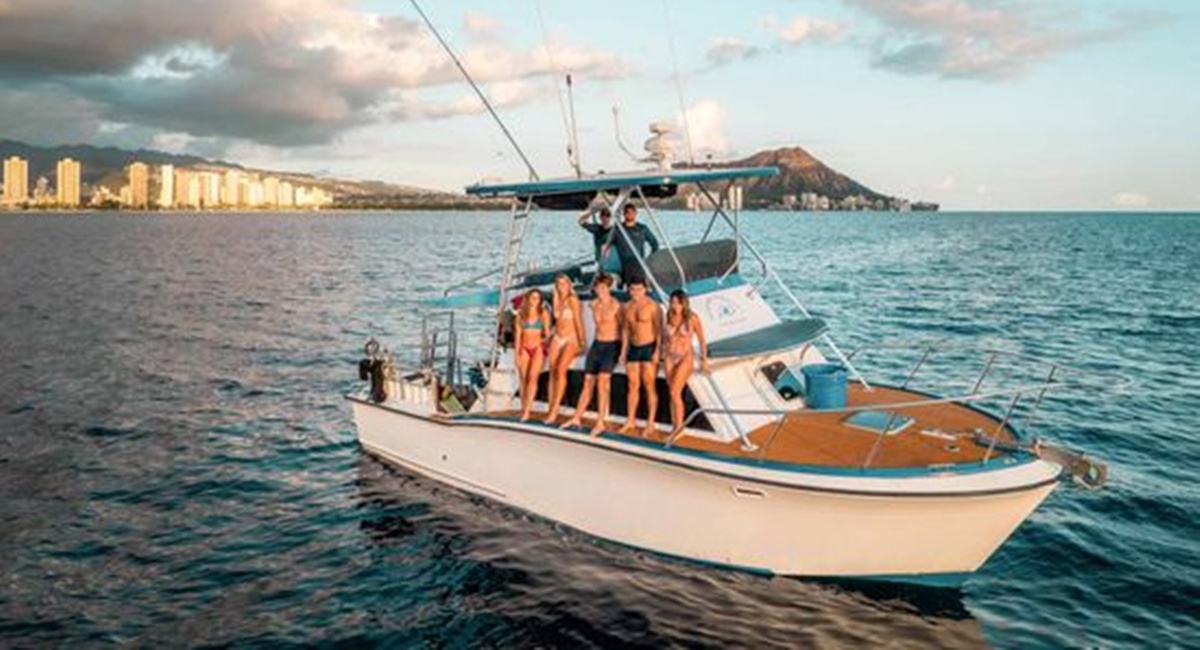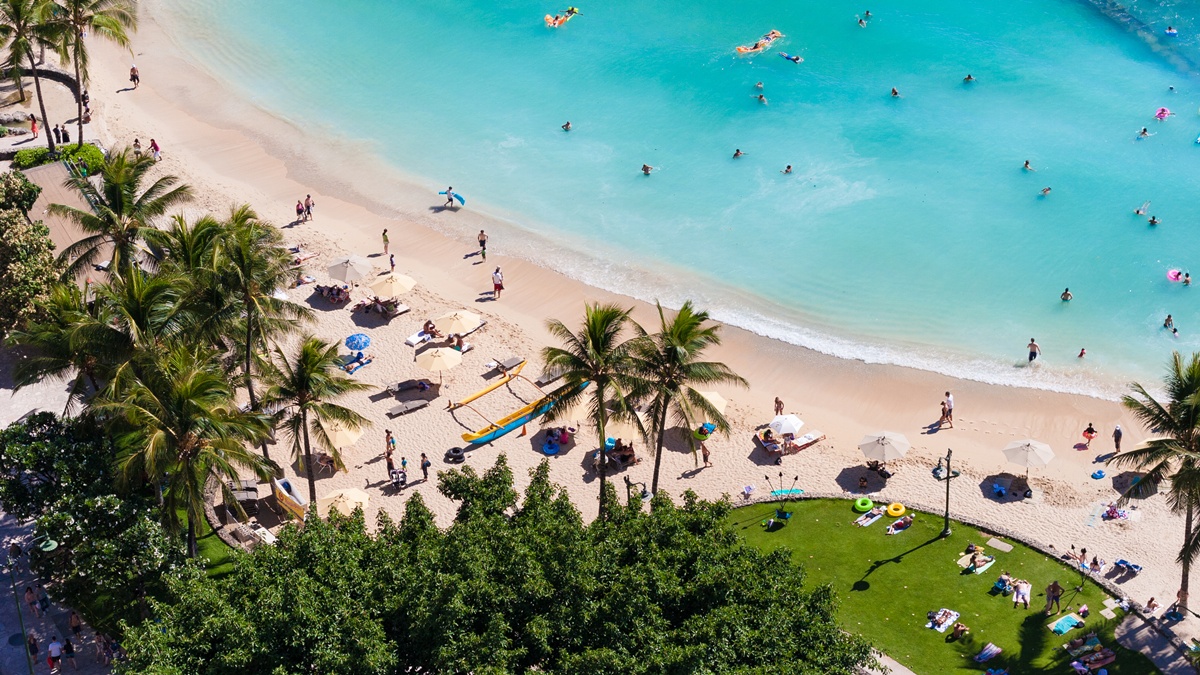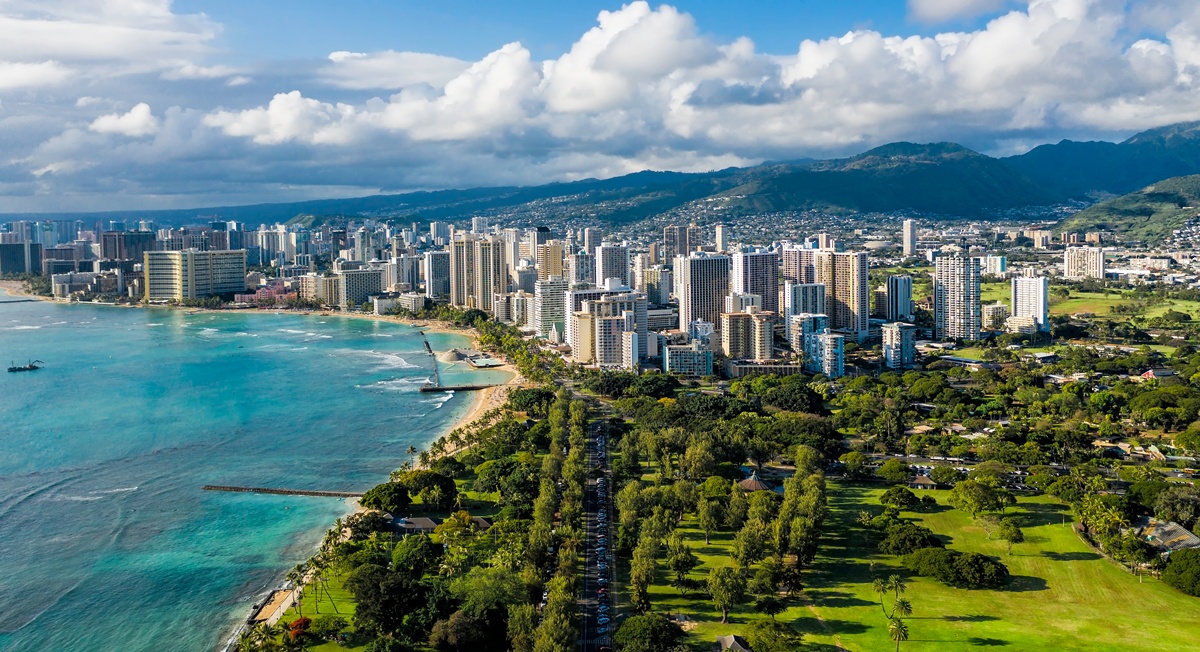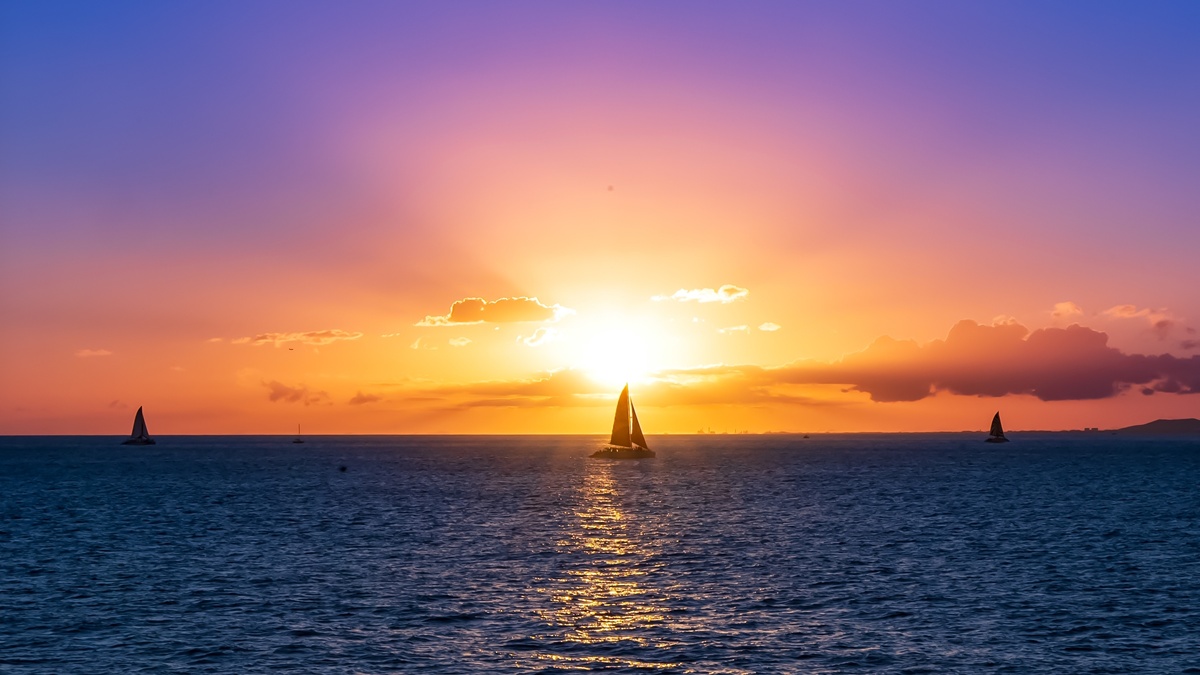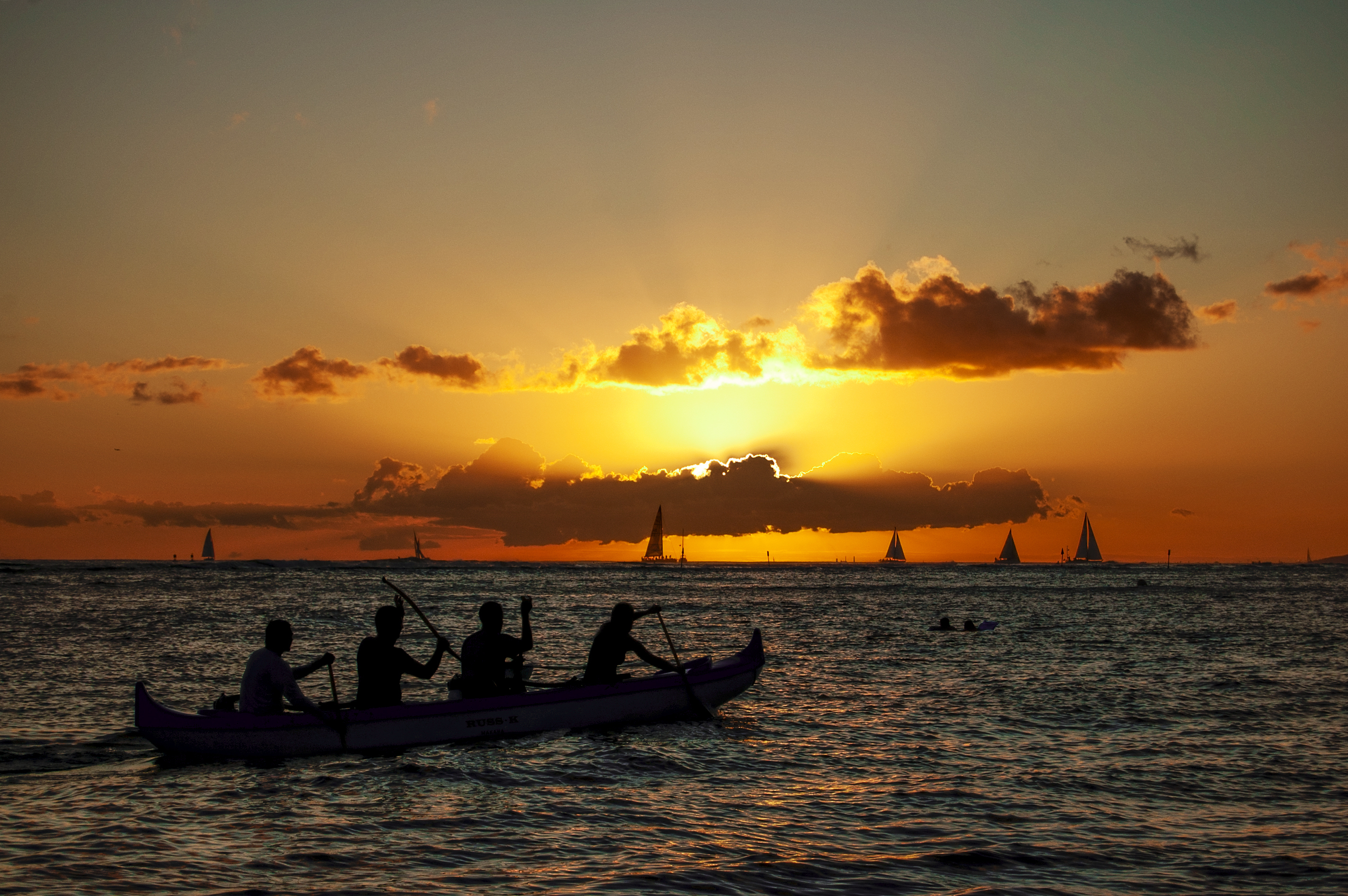
Origins of the Hawaiian Canoe
The story of the Hawaiian canoe begins with the Polynesian navigators who, around 1,500 years ago, embarked on voyages across the vast Pacific Ocean to discover and settle new lands. These early explorers brought with them advanced navigation techniques and canoe-building skills, enabling them to traverse thousands of miles of open ocean. The canoes they introduced to Hawaii were primarily constructed from native koa wood, renowned for its durability and buoyancy. These vessels were meticulously designed to withstand Hawaii’s unique ocean conditions, featuring a single outrigger for stability. Beyond their practical applications in transportation and fishing, canoes held profound spiritual significance, often used in religious ceremonies and symbolizing the deep connection between the Hawaiian people and the sea.
Evolution Through Time
The arrival of European explorers in the late 18th century marked a period of significant change for the Hawaiian canoe. European observers marveled at the craftsmanship of these vessels, noting their impressive design and functionality. As interactions between Hawaiians and Europeans increased, the canoe began to transition from a utilitarian object to one associated with recreation and sport. This evolution culminated in the creation of the Mālia canoe in 1933 by James Takeo Yamasaki. Crafted from blonde koa wood, the Mālia became the prototype for modern racing canoes, influencing designs that are still in use today.
The Hawaiian Renaissance and Cultural Revival
The 1970s witnessed a resurgence of interest in Hawaiian culture, often referred to as the Hawaiian Renaissance. Central to this movement was the launch of the Hōkūleʻa in 1975, a double-hulled voyaging canoe built to replicate those used by ancient Polynesians. The Hōkūleʻa’s successful voyages navigated without modern instruments, played a crucial role in reviving traditional Polynesian navigation techniques and instilling a renewed sense of pride in Hawaiian heritage. The Polynesian Voyaging Society, established to support these endeavors, has since been instrumental in promoting cultural preservation and education, emphasizing the importance of ancestral knowledge and environmental stewardship.
Modern-Day Significance
Today, the legacy of the Hawaiian canoe is evident in various facets of Hawaiian society. Outrigger canoe racing has emerged as a prominent sport, with events like the Molokaʻi Hoe drawing international participants and showcasing the enduring appeal of this traditional practice. Beyond competitive racing, canoe culture remains deeply embedded in Hawaiian traditions, with ongoing practices in canoe building and ceremonial uses. Moreover, the influence of Hawaiian canoe culture has extended globally, inspiring communities worldwide to embrace traditional navigation methods and fostering a broader appreciation for environmental conservation.
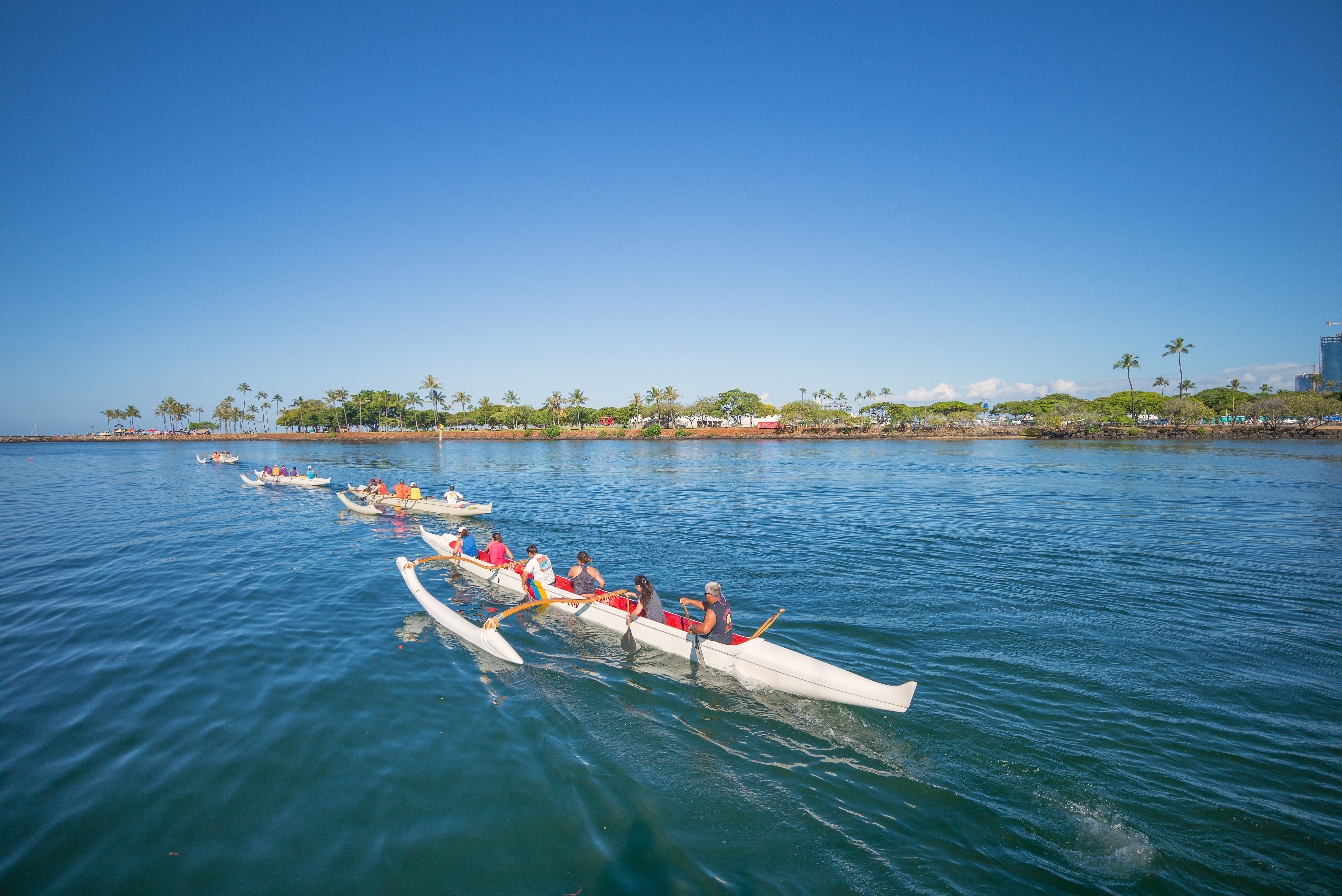
The journey of the Hawaiian canoe, from its ancient beginnings to its contemporary relevance, reflects the resilience and adaptability of Hawaiian culture. Engaging with this rich heritage offers an opportunity to honor the past while contributing to the preservation and celebration of traditions that continue to shape Hawaii’s identity.

